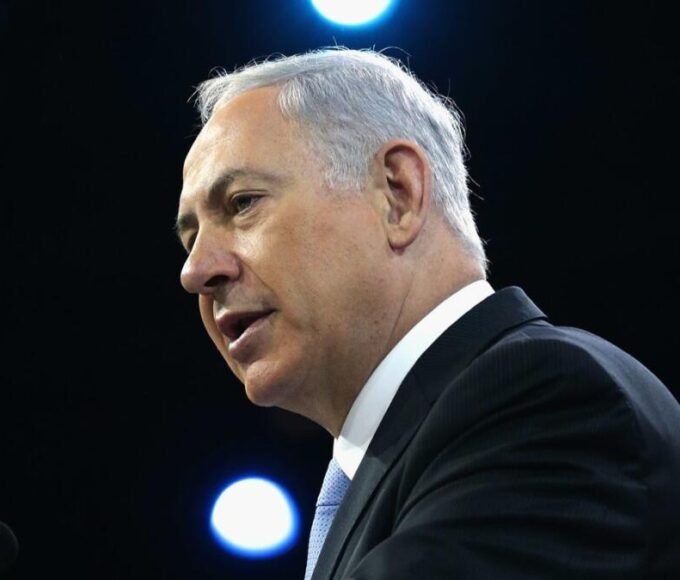Table of Contents
As the United States implemented a steep 50% tariff on many Indian goods in August 2025, India braced for economic impact, but Prime Minister Narendra Modi sent a clear message: India will not bend to unilateral pressure. Modi’s response was both firm and forward-looking, reflecting his government’s commitment to economic resilience and long-term growth.
In Gujarat, his home state and a manufacturing powerhouse, Modi showcased India’s industrial strength by flagging off a new electric vehicle (EV) at a Maruti Suzuki plant. Far from a mere product launch, the event symbolized India’s determination to accelerate domestic manufacturing, innovation, and global competitiveness amid challenging times.
The Tariffs: A Sharp Turning Point
The tariffs, doubling previous duties from 25% to 50%, target a broad range of India’s exports, particularly textiles, gems and jewelry, footwear, and chemicals. They were imposed as part of Washington’s pressure campaign due to India’s sustained purchases of Russian crude oil, defying U.S. sanctions.
While the tariffs threaten to disrupt exports worth billions of dollars and affect thousands of jobs, Modi’s government is working swiftly on reforms meant to mitigate the blow. These include cutting consumption taxes and streamlining regulations to support businesses and attract investment.
Modi’s Message: Turning Challenge into Opportunity
Rather than retreat, Modi’s strategy emphasizes seizing this moment to strengthen India’s manufacturing base, diversify markets, and boost domestic production. The push for “Make India Make for the World” resonates in his speeches and policy measures.
India also expanded trade negotiations with other global partners, including Australia, the UAE, the UK, and the European Union, forging new agreements to offset lost access to the U.S. market—showing pragmatism and resilience in the face of adversity.
Economic Reforms Accelerate
In a surprise move during India’s Independence Day celebrations, Modi announced cuts to the Goods and Services Tax (GST) aimed at lowering costs for consumers and businesses alike. This reform is part of a broader effort to make the Indian economy more competitive globally and attract foreign investment.
Additional reforms focus on reducing bureaucratic hurdles, enhancing ease of doing business, and pushing next-generation policies in technology, infrastructure, and sustainability.
The Larger Geopolitical Context
The tariff dispute underscores the complex geopolitical balancing act India faces. Deepening strategic relations with the U.S. coexist with India’s desire for autonomy in trade and energy decisions, including its procurement of Russian oil.
Modi’s unwillingness to yield reflects India’s evolving confidence as a global player aware of its leverage and priorities.
Voices from Indian Industry and Workforce
For exporters and small businesses, the tariffs have introduced uncertainty and stress. Yet many industry leaders express support for government efforts to streamline operations and develop new markets, highlighting India’s agility.
Workers in affected sectors are bracing for possible short-term disruptions but draw optimism from government assurances and growing demand in other parts of the world.
Global Reactions and Support
India’s strong stance garners sympathy and support from several countries, including Germany, which openly criticized trade barriers and called for reducing tariffs. Such international backing lends credibility to India’s position and encourages continued cooperation among like-minded economies.
The Human Side: Resilience and Hope
At the heart of this dispute are millions of Indians whose livelihoods depend on trade and manufacturing. Modi’s speeches resonate with hope, emphasizing democracy, skills, innovation, and economic opportunities as pillars to overcome challenges.
This narrative speaks to a nation determined to rise above temporary trials and forge a sustainable, inclusive future.
Looking Forward: A Path of Growth and Cooperation
Despite tensions, dialogue between India and the U.S. continues over trade and strategic issues. With ongoing negotiations and reforms, there is cautious optimism that economic ties will strengthen in a way that respects India’s sovereignty and development goals.
Policymakers on both sides recognize the mutual benefits of collaboration in technology, defense, and climate action.
Conclusion: Modi’s Leadership in a Test of Resolve
PM Narendra Modi’s response to Trump’s 50% tariffs is a testament to determined leadership and strategic vision. By focusing on economic reforms, market diversification, and national pride, Modi projects confidence amidst global headwinds.
India’s stance reflects a nation not intimidated by external pressures but empowered to navigate challenges on its own terms—turning adversity into opportunity, and setting the stage for sustained growth and global influence.
Read More: India-Russia Workforce Partnership: A New Era of Global Jobs











Leave a comment